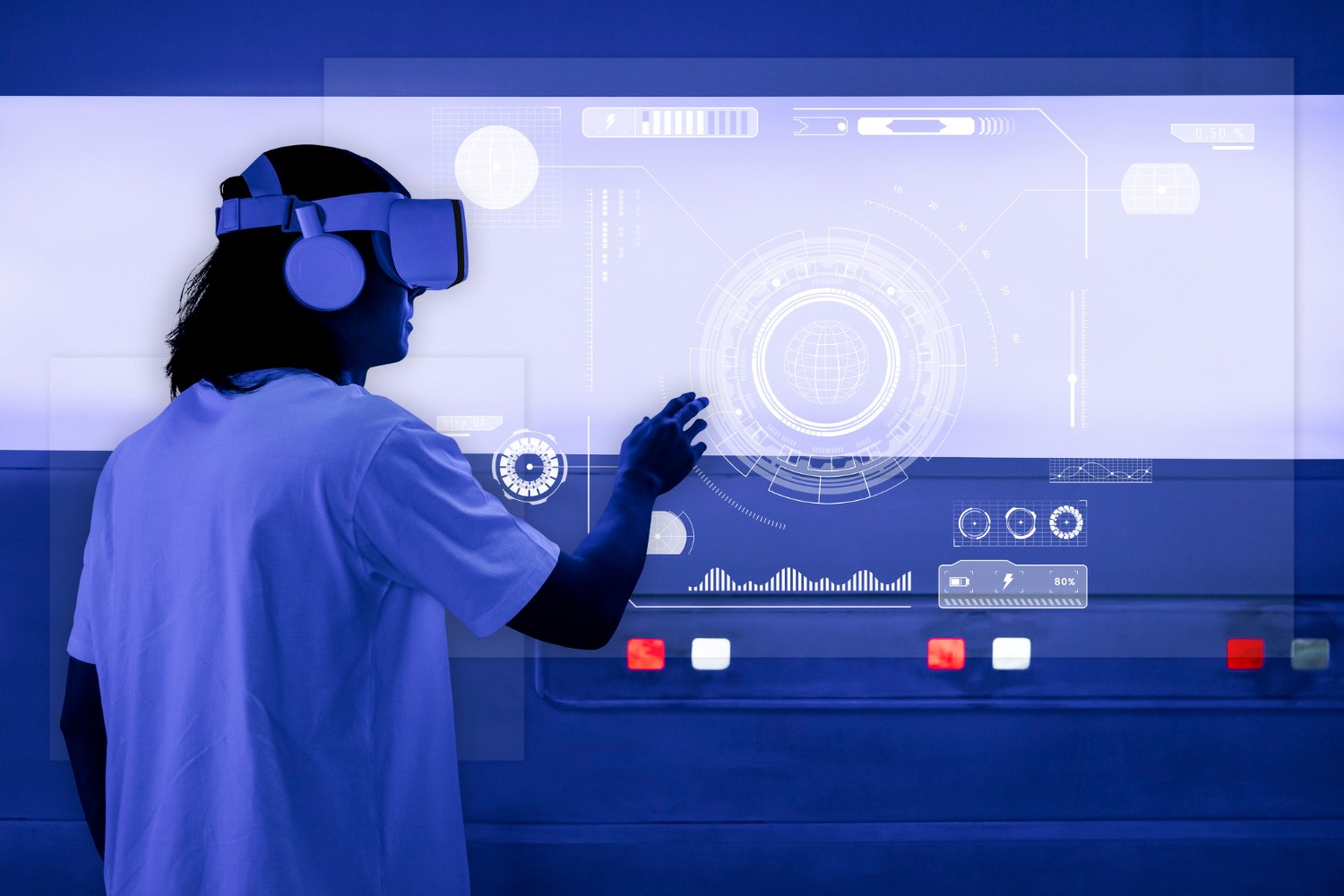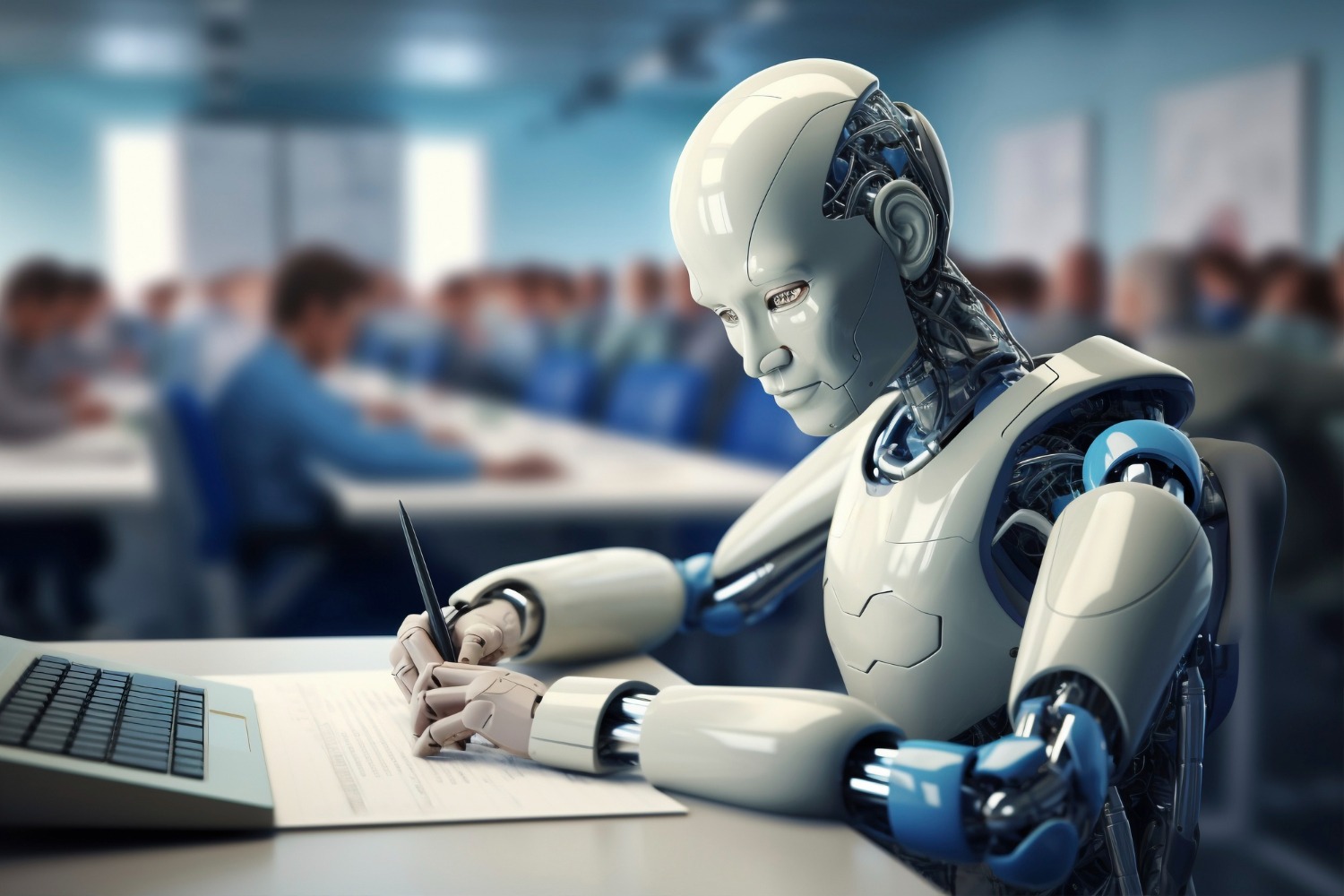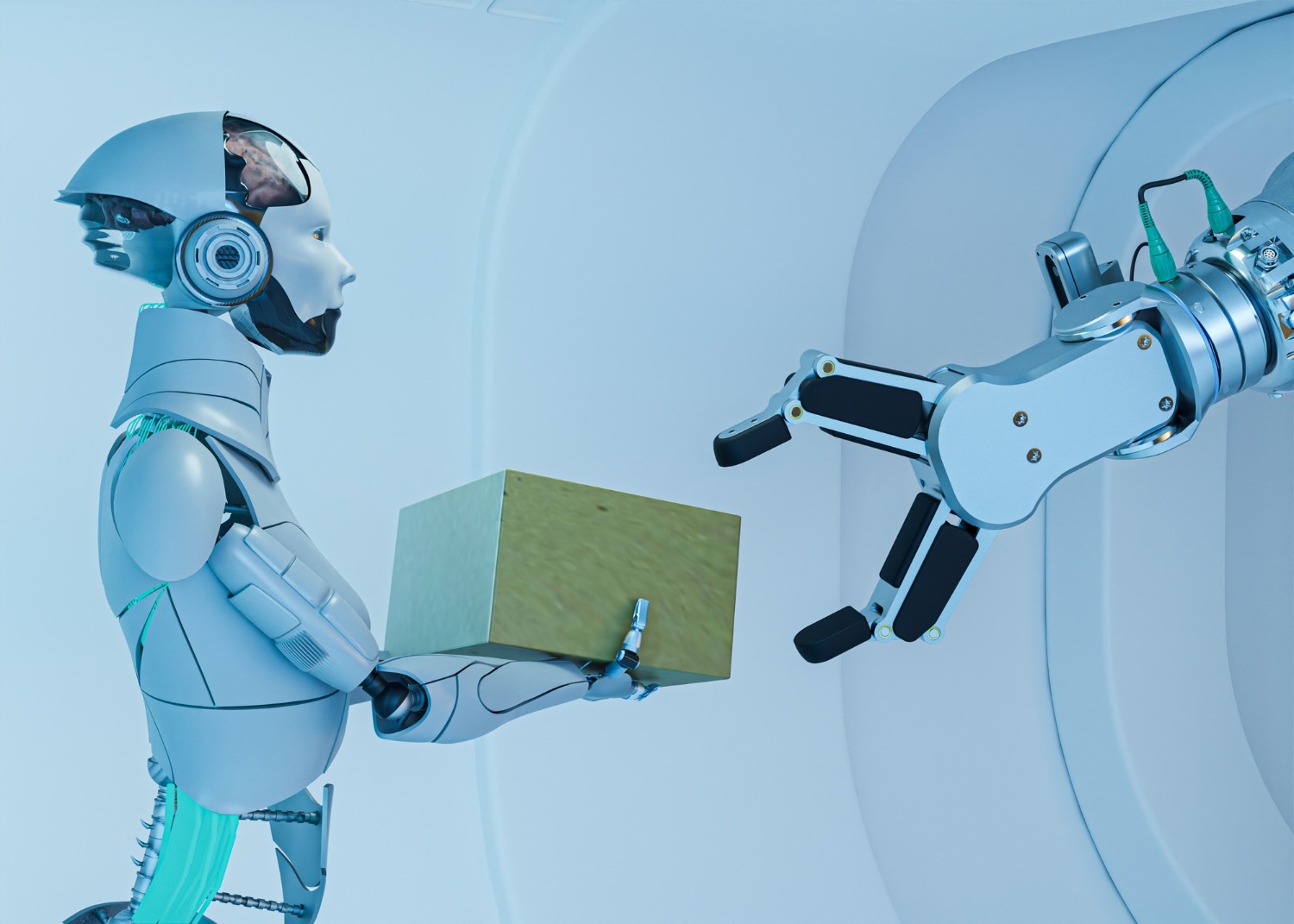AI-Powered IT Automation: Hype vs Reality
Artificial Intelligence (AI) is revolutionizing industries with lightning speed, and IT automation is no different. Businesses are embracing AI-driven automation at a faster rate than ever before to automate operations, save on costs, and drive efficiency. Amidst the intensifying hype over AI, one can easily be misled by unsubstantiated claims and myths.
Is AI-driven IT automation the revolutionary force it’s cracked up to be? Or is most of it hype with very little practical applicability in the real world?
we’ll cut through the hype, examining what AI-driven IT automation can do and where its limitations are.
Understanding AI-Powered IT Automation
AI-driven IT automation is a term used for the application of artificial intelligence for automating recurring and sophisticated IT operations with minimum human intervention. It encompasses machine learning, NLP, and predictive analytics for streamlining workflow, identifying outliers, and real-time decision-making.
From updating software automatically to smart cybersecurity threat detection, AI is transforming the way IT operations are done. But does it always live up to its claims?
The Hype: What AI in IT Automation Promises
1. AI Will Abolish the Need for IT Professionals
The largest myth is that AI automation will make IT professionals obsolete. AI can be used to automate routine tasks, but IT professionals continue to play a valuable role in monitoring, optimizing, and debugging complex systems.
Reality: AI supports human capabilities instead of abolishing them. IT professionals are still required to set up AI models, review insights, and make strategic choices.
2. Self-Healing IT Systems Arrive
Several AI suppliers proclaim that self-healing IT systems—when AI identifies and solves problems on its own—are already here. Though AI monitoring software is present, full self-healing systems are still developing.
Reality: Today’s AI-enabled IT software can forecast breakdowns and provide remediation options, but end-to-end self-healing automation remains in progress.
3. 100% Security with AI-Fueled Cybersecurity
AI-driven cybersecurity tools guarantee impenetrable defence against cyber attacks. Although AI may scan vast amounts of data to identify anomalies and possible attacks, it is not infallible.
Reality: Cyber attackers are also using AI to create sophisticated threats, so AI security software has to continually adapt to remain one step ahead. Human know-how is still crucial in cybersecurity measures.
4. AI Can Do Any IT Job
Most people think AI can automate every IT task, from infrastructure management to customer support.
Reality: AI is strong but not complete. Intricate decision-making, innovative problem-solving, and tasks involving human instincts still need human hands.
The Reality: What AI-Powered IT Automation Delivers
Although there has been hype, AI has come a long way in IT automation. Let us observe some of the areas where AI is making a difference.
1. Intelligent Monitoring and Alerts
AI-driven monitoring software inspects system performance, identifies anomalies, and issues alerts before failures become critical. Splunk and Datadog employ machine learning to recognize patterns and forecast failures.
Real-World Impact:
- Lower downtime through failure detection earlier
- Improved response time in IT incidents
- Better system reliability and performance
2. Automated IT Support and Chatbots
Artificial intelligence-powered chatbots and virtual assistants, such as IBM Watson and Microsoft Copilot, are revolutionizing IT support. They answer mundane questions, change passwords, and offer troubleshooting guidance.
Real-World Impact:
- Less burden on IT support staff
- Increased speed of issue resolution for end-users
- Enhanced customer satisfaction with 24×7 support
3. Predictive Maintenance
Predictive analytics enables IT teams to anticipate hardware failures and software faults in advance. Solutions such as AIOps platforms use AI to parse historical data and recognize patterns.
Real-World Impact:
- Cost reduction through avoiding surprise breakdowns
- Extension of hardware lifespan due to planned maintenance
- Improved planning and allocation of resources
4. Patch Management Automation
Artificial Intelligence assists in discovering, testing, and deploying software patches on networks. Tools such as Automox and ManageEngine utilize AI for simplifying updates.
Real-World Impact:
- Improved security against cyber threats by providing timely patches
- Elimination of human error during manual updating
- Improved compliance and stability of the system
5. Improved Cybersecurity Threat Detection
AI-powered cybersecurity software such as Darktrace and CrowdStrike scan enormous quantities of data to identify abnormal activity and potential security threats.
Real-World Impact:
- Accelerated insider threat and malware detection
- Data breach risk lower
- Enhanced security incident response times
6. IT Workflow Automation
Repetitive tasks such as log examination, report writing, and configuration management are handled by AI, releasing IT professionals for more valuable work.
Real-World Impact:
- Higher productivity and efficiency
- Less manual error and operational expense
- Streamlined IT processes through intelligent process automation
Challenges and Constraints of AI in IT Automation
Although AI holds tremendous promise, it has challenges and constraints.
1. High Implementation Costs
Implementing AI-driven IT automation involves substantial investment in infrastructure, training, and integration. Small businesses can find it challenging to bear these expenses.
2. Data Dependency
AI is very dependent on data for training and decision-making. Low-quality data can cause predictions to be incorrect and automation to be flawed.
3. Complexity and Integration Issues
Combining AI with traditional IT systems might prove tricky. It becomes a problem for numerous companies to connect AI tools to established infrastructure.
4. Security and Ethical Issues
There are new cyber security threats due to AI-based automation, such as privacy risks with data and AI-fueled attacks. Organizations have to introduce high-quality security systems.
5. Human Judgment
AI is missing human instinct, creativity, and ethical thought processes. Automation by IT is still subject to human guidance when dealing with intricate situations.

Future of AI-Powered IT Automation
Though challenges remain, AI-driven IT automation is advancing at a breakneck speed. The future is full of possibilities, some of which include:
Sophisticated AI models with enhanced self-healing capacity
Increased AI-human collaboration for optimizing IT
Improved AI governance frameworks to ensure ethical issues
Increased availability of AI tools to businesses of varying sizes
With maturing AI technology, those organizations that deploy AI-powered automation strategically will reap a competitive advantage in terms of efficiency, security, and innovation.
Conclusion
AI-driven IT automation is not a silver bullet, nor is it an exaggerated hype—it’s a strong tool with real advantages and restrictions. While AI maximizes IT efficiency, security, and productivity, it also needs human intelligence for governance and decision-making.
AI automation should be approached by businesses with sober expectations, investing in solutions that fit their requirements while keeping an eye out for possible challenges.
The secret to success is finding the right balance between automation and human ingenuity—using AI to automate processes while not sacrificing the all-important human element that stimulates innovation and creative problem-solving.




